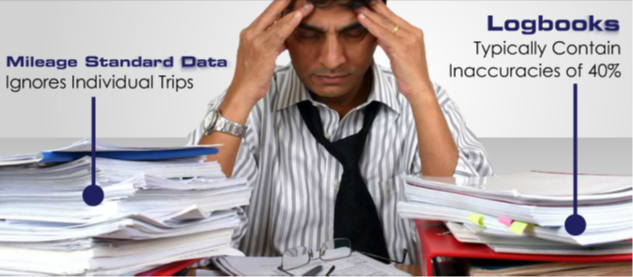As a Fleet Manager, you may know this scenario all too well.
Your inbox is full of new vehicle request forms. You try to manage the internal politics and a constrained budget with the knowledge that many of the vehicles outside your office window rarely move. You hold gigabytes of GPS data to defend your position to not grow your fleet but it is uncollated and therefore of no use.
Wasn’t ‘Big Data’ supposed make this a simple data-driven decision? How did this happen?
Bishop Fleet Optimization (BFO) has helped advance fleet ‘Big Data’ for more than 20 years. Our company developed the GPS-based best practice methodology to optimise fleet size that is now used around the world.
Derrick Bishop, BFO Global Managing Director, speaks at AfMA Conferences/Professional Development Forums and US NAFA conferences on this very topic.
Our experience is that many telematics suppliers, GIS/IT teams, accountants and consultants simply do not possess the complex tools required to convert GPS data into actionable, credible business intelligence. “Why do some GPS suppliers still use mileage to determine vehicle utilisation when their own devices collect gigabytes of lat/long data?” says Bishop. “Fleet Managers must be armed with robust data-driven evidence to support decisions and policy change.”
The truth is that ‘Big Data’ must be transformed to become useful. “Spreadsheet, database or GIS based do-it-yourself (DIY) fleet optimisation simply do not work” says Bishop. “You need technically sophisticated software with a best practice methodology platform to optimise a fleet. Six or more quite different technical Management Science and IT disciplines are required hence one or two-dimensional DIY attempts fail every time.”
Fortunately help is close at hand. BFO developed a new software category that continues to deliver exactly what Fleet Managers need. Clients are amazed with our QueryBuilder system that unleashes the power of unexploited GPS data.
“Fleet data is an information gold mine” says Bishop. “Who knew that 60%-80% of AU/NZ government offices/depots are positioned in suboptimal locations relative to where services are delivered?” Other BFO analysis demonstrates that a vehicle with say 300 km travel per month is 100% utilised while a 2,000 km per month vehicle has 0% business utilisation. Methodology matters. In 2015, NSW Government halted its 25,000-vehicle move to a Ride Share model when BFO revealed the StateFleet cost would escalate from $250M to $1.2B per year. “Executives love this practical, need-to-know business intelligence to confidently move forward and avoid risk” says Bishop.
So what’s the bottom-line? ‘Big Data’ requires transformation to be useful. Outsource the work to a proven expert to ensure success. Fleets over 100 vehicles ideally need a Fleet Utilisation Review every 3-5 years. Results vary but a BFO report will typically find 14%-25% of a fleet is surplus. A 2-month project financial payback is common. Use our GPS devices at no charge other than GPS install/removal costs if your fleet has no telematics. No GPS purchase is required. BFO thinks everyone should benefit from this industry revolution.
‘Big Data’ is an invaluable resource that puts the power back in the decision maker’s hands. The potential is huge. Quantifiable Management Science backed decisions. Work conditions improve. New vehicle requests decline. Our many AfMA clients also report that a BFO review protects them from restructure chaos or aggressive cost cutting initiatives. Simply hold up a BFO report. Few argue against our reputation and findings based on 100% GPS coverage and a best practice methodology that works.
Learn more about Bishop Fleet Optimization





















